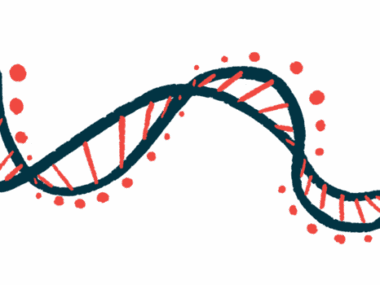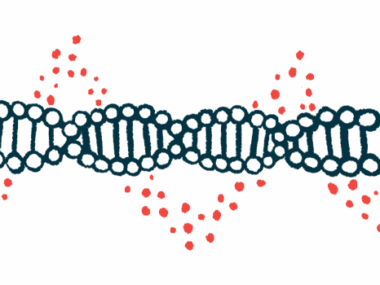Novel research into AADC enzyme may help advance treatment
New cell model of AADC deficiency focuses on disease-causing mutations
Written by |

Scientists created a new cell model of AADC deficiency that has allowed them to understand exactly how two disease-causing mutations in the DDC gene affect the AADC enzyme.
According to the team, the new model “is useful to study the molecular basis of the disease.”
It “recapitulates some key features of AADC deficiency, … and represents an ideal system for small molecule screening regarding specific enzyme defects, paving the way for a precision therapeutic approach,” the researchers wrote.
The study, “The CRISPR-Cas9 knockout DDC SH-SY5Y in vitro model for AADC deficiency provides insight into the pathogenicity of R347Q and L353P variants: a cross-sectional structural and functional analysis,” was published in The FEBS Journal by researchers in Italy.
Researchers create model that mimics AADC deficiency
A rare disease affecting the nervous system, AADC deficiency is caused by mutations in the DDC gene, which provides instructions to make the AADC enzyme. This enzyme is necessary to make certain neurotransmitters, which are signaling molecules that nerve cells use to communicate with each other and the rest of the body.
In AADC deficiency, a lack of that enzyme or the production of one that doesn’t work properly leads to abnormally low levels of neurotransmitters such as serotonin and dopamine. That, in turn, disrupts neuronal signaling and ultimately drives disease symptoms.
While the best cell models are those derived from patient cells, per the researchers, they are “expensive and require efficient [cell] reprogramming and extensive validation.”
“Thus, a suitable model to study the disease’s molecular mechanisms underlying different AADC variants is urgent as it could be beneficial to unravel the molecular basis for the individual defect and model therapeutic alternative treatments,” the team wrote.
A suitable model to study the disease’s molecular mechanisms underlying different AADC variants is urgent.
The researchers thus set out to create their own cell model of AADC deficiency, choosing a human cell line derived from neuroblastoma — a type of cancer caused by the uncontrolled growth of immature neurons.
That choice was based on these cells’ neuronal origin and their natural ability to produce AADC and other enzymes involved in dopamine metabolism, per the team.
First, the scientists engineered the neuroblastoma cells to completely lack the DDC gene, and confirmed that both the AADC enzyme and activity were absent. They also found that the lab-grown cells showed an altered profile of dopamine metabolites, or byproducts, that mimicked what is seen in AADC deficiency patients.
To evaluate whether the cell model could be used to analyze the effects of DDC mutations known to cause AADC deficiency, the team genetically modified the cells to carry either of two such mutations: R347Q and L353P.
Targeting mutations that affect AADC enzyme function
R347Q is the most frequent missense mutation causing AADC deficiency, while L353P is a moderately frequent disease-causing missense mutation. These missense mutations result in a change in a single amino acid — a building block of proteins — in the resulting protein. Both of these mutations are known to be located in an AADC region that’s crucial for the enzyme’s activity.
When the cell model carried either mutation, problems were seen with AADC enzyme function. There also was a disruption of neurotransmitter production that’s consistent with what happens in the brains of people with AADC deficiency.
As such, the model is “suitable to mimic the AADC variants’ effects in terms of protein [production], enzymatic function, and metabolite levels,” the team wrote.
Biochemical analyses were then conducted, aimed at better understanding exactly how the R347Q and L353P mutations affect the AADC enzyme.
Normally, certain parts of the AADC enzyme need to be flexible, which allows the enzyme to bend around precursor molecules as it converts them into neurotransmitters. The researchers found that the R347Q and L353P mutations cause the enzyme to be stiffer, preventing it from effectively bending around precursors, and ultimately impairing its ability to effectively produce neurotransmitters.
According to the scientists, this finding has potential implications for the development of new treatments. Theoretically, it might be possible to use small molecules to help bend the AADC enzyme around its precursors so that it can make neurotransmitters more efficiently despite these mutations.
The new cell model “could be an appropriate model to determine the effect of potential therapeutic agents screened on the basis of the molecular alterations induced by the protein variants,” the team concluded.







